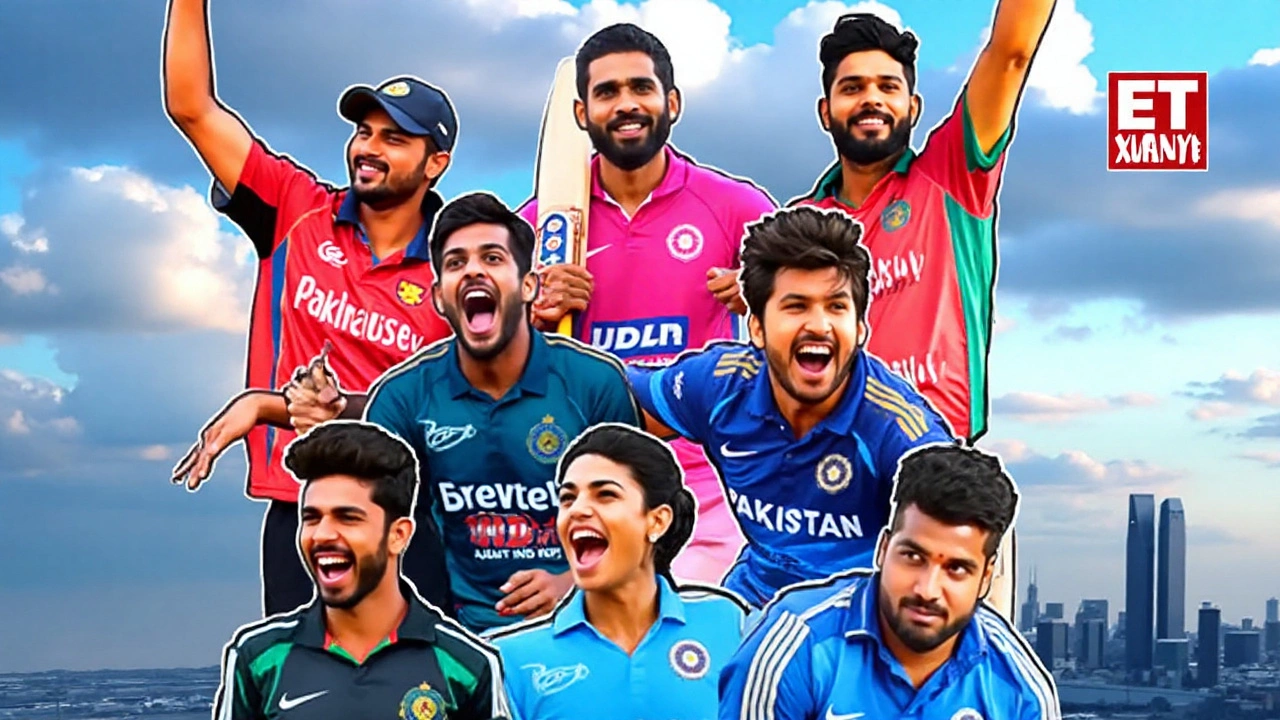India vs Pakistan – What Makes Them Different and Similar?
Thinking about India and Pakistan side by side? You’re not alone. Two neighbours, one big story. In this guide we break down the biggest points – history, politics, culture, food and travel – so you can see the big picture without getting lost in detail.
History and Politics in a Nutshell
Both countries share a long past that stretches back to ancient civilizations like the Indus Valley. The real split happened in 1947 when British rule ended and the subcontinent was divided into two nations based on religious lines. That partition caused massive migration, communal violence, and set the stage for the rivalry that still exists today.
Since independence, India has pursued a secular, democratic model with a mixed economy that leans toward services and tech. Pakistan, on the other hand, has had more military influence in its politics and an economy that relies heavily on agriculture and textiles. Both face challenges – India with its huge bureaucracy, Pakistan with political instability – but each has a unique path.
Culture, Food & Sports – What You’ll Feel Firsthand
Culture in both places is a vibrant mix of ancient traditions and modern life. In India you’ll find Bollywood movies, Hindi music, and festivals like Diwali lighting up streets. Pakistan offers its own film scene, Urdu poetry, and celebrations such as Eid and Basant kite-flying.
Food lovers win on both sides. Indian dishes like biryani, butter chicken, and masala dosa are world‑famous. Pakistani cuisine delivers its own version of biryani, kebabs, and rich gravies that use similar spices but often have a smokier flavor. Trying a street‑food stall in Lahore feels a lot like one in Delhi – the spices, the heat, the hospitality.
When it comes to sports, cricket is the ultimate common ground. The India‑Pakistan cricket rivalry draws massive TV audiences, and every match feels like a mini‑war. Yet both countries also love hockey, wrestling, and a growing interest in football.
If you’re planning a trip, keep a few practical tips in mind. Visas for India are usually easier to get for most tourists, while Pakistan requires a bit more paperwork but offers a rewarding experience for the adventurous. Both nations have excellent train networks, cheap local transport, and friendly people who will often offer tea or a meal.
Safety is a common concern, but most tourist hubs in both countries are safe if you stay aware of local news and avoid border areas. Use reputable guides, keep your belongings secure, and respect local customs – especially dress codes in more conservative areas.
In short, India and Pakistan are two sides of the same coin. They share language roots, love for spices, and a passion for cricket, yet they differ in politics, economic focus, and some cultural details. Understanding both sides helps you appreciate the whole story, whether you’re reading, watching a match, or packing a suitcase.
So next time you hear “India vs Pakistan”, remember it’s not just a rivalry – it’s a chance to explore two rich, diverse nations that each have something special to offer. Grab a plate of biryani, tune into a cricket match, and enjoy the journey.
